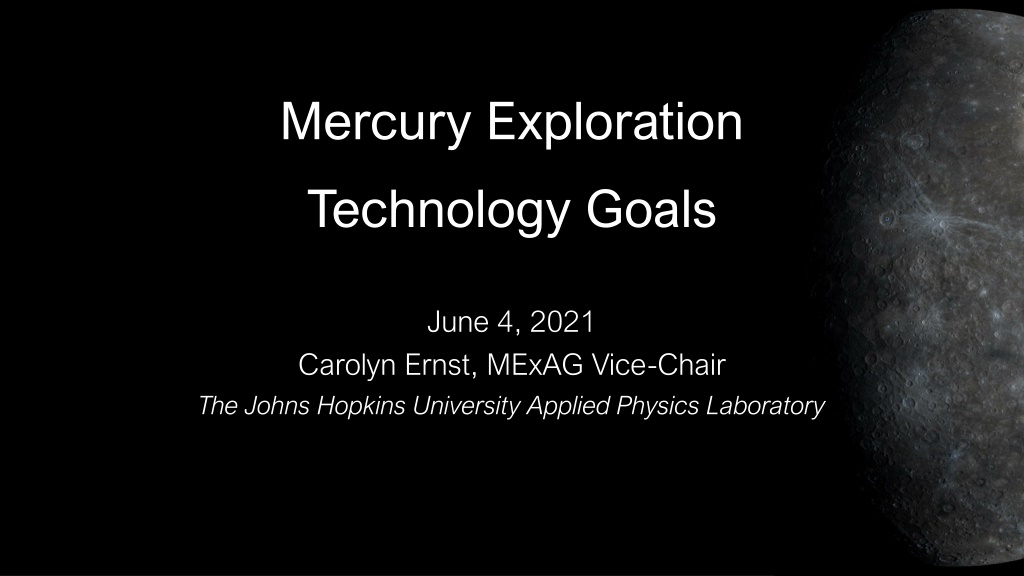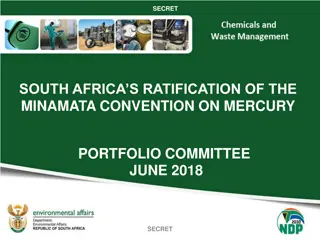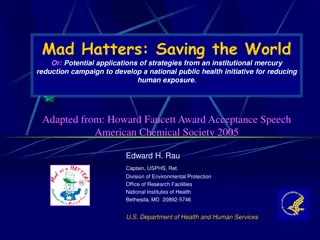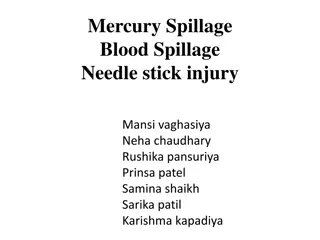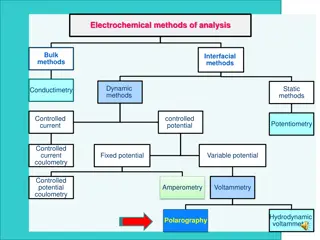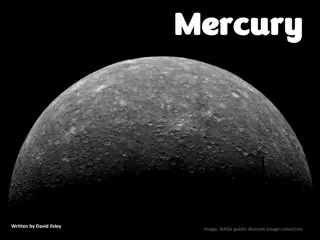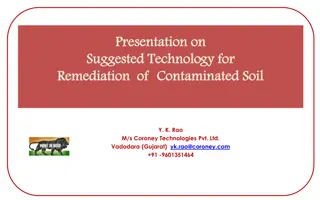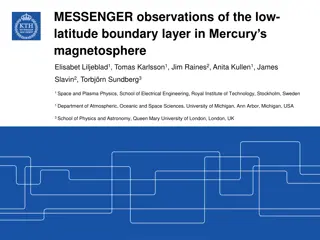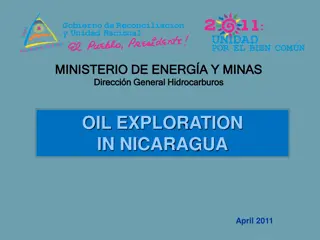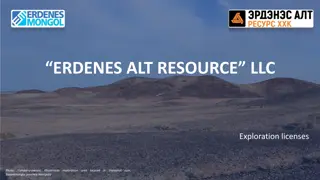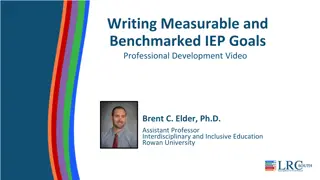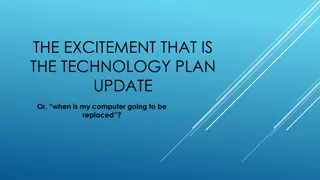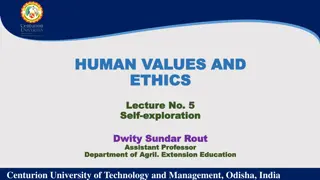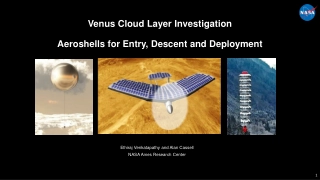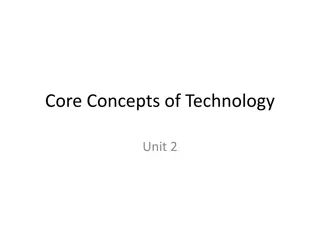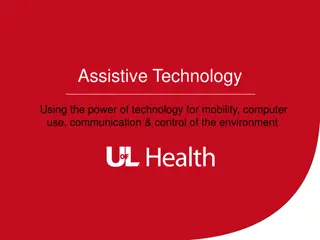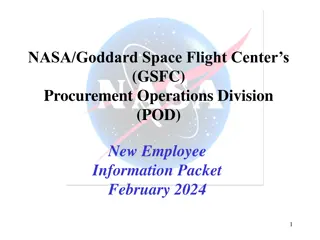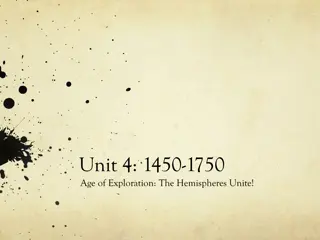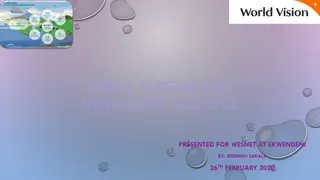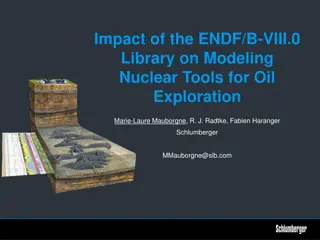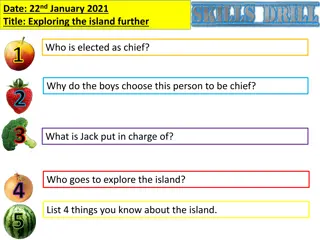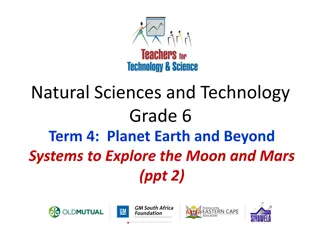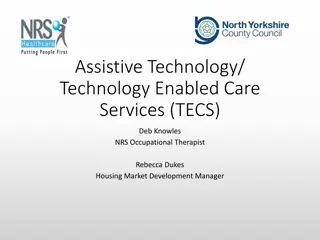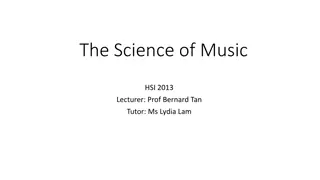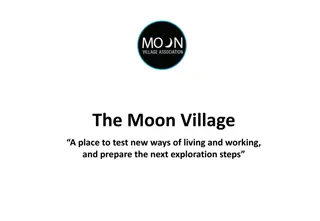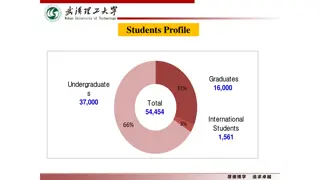Mercury Exploration Technology Goals and Challenges
The exploration of Mercury presents unique challenges due to extreme conditions such as high solar irradiance, wide temperature variations, and long periods of sunlight and darkness. The Mercury Exploration Technology Goals document outlines areas of interest including launch systems, propulsion, thermal management, power and energy storage, landing systems, and more. Key considerations such as the high cost of reaching Mercury and the importance of advanced propulsion systems are highlighted to enhance mission capabilities.
Uploaded on Sep 19, 2024 | 0 Views
Download Presentation

Please find below an Image/Link to download the presentation.
The content on the website is provided AS IS for your information and personal use only. It may not be sold, licensed, or shared on other websites without obtaining consent from the author. Download presentation by click this link. If you encounter any issues during the download, it is possible that the publisher has removed the file from their server.
E N D
Presentation Transcript
Mercury Exploration Technology Goals June 4, 2021 Carolyn Ernst, MExAG Vice-Chair The Johns Hopkins University Applied Physics Laboratory
Notes These slides represent the inputs of the MExAG Steering Committee and lessons learned from the recent Mercury Lander Planetary Mission Concept Study (PMCS). MExAG is a brand new group (<1 year old), and is in the earliest stages of developing a goals document. This document will ultimately include technology development priorities. The MExAG Steering Committee does not currently have a member dedicated to technology or a technology working group. MExAG
Exploring Mercury requires planning for extremes Solar irradiance: ~10x of Earth average at perihelion Surface temperature: <100K (night) to 700K (day) Gravity: highest g body w/o atmosphere for braking Long periods of sunlight and darkness: 88 Earth days from dawn to dusk Long-cruise times: 6-7 Earth years (orbiter) or 10 Earth years (lander), similar to outer planets missions MExAG
Technology Areas of Interest Launch Systems Propulsion Thermal Management Power and Energy Storage Landing Systems Return Launch Systems In Situ Instrumentation Radiation Communication MExAG
Launch Systems There is a high V cost associated with getting to Mercury The V cost of cruise + orbit insertion + descent + landing compounds the system mass needed for a landed mission Example: Mercury Lander PMCS spacecraft (MEV): Launch mass: 9410 kg (wet); 3680 kg (dry) Lander dry bus mass: 620 kg (~7% of launch mass) Payload mass: 53 kg (0.6% of launch mass) The ability to baseline the expendable Falcon Heavy was enabling for the Mercury Lander PMCS Available and cost-effective heavy-lift launch systems significantly enhance the capability of a landed spacecraft and its payload MExAG
Propulsion For any mission to Mercury, the majority of the spacecraft mass is dedicated to propulsion. Advances in solar electric propulsion (SEP) technology in the past decade enabled its use on the Mercury Lander PMCS, which resulted in a propellant mass savings. More efficient propulsion systems would enable lower-mass spacecraft and/or larger payloads. MExAG
Thermal Management The extreme heat at Mercury presents a major challenge for spacecraft operations both in orbit and on the surface. Heat radiated from the Mercury surface is a particular challenge. MESSENGER had a sun shield that successfully protected it from the Sun. It had to be in a highly elliptical orbit for thermal management. Even so, the spacecraft had to off point when periapsis passed near and over the hot poles to prevent the antenna s solder from melting due to radiated heat from the planet s surface! The Mercury Lander PMCS has sun shields, lands at dusk, and operates through the night (for >88 Earth days). Dawn and the return of the sun brings an end to the mission. Orbital operations will be further enabled by enhanced spacecraft thermal control that permits cost-effective circular and low-altitude operations. Higher-resolution observations First-time observations from instruments/investigations that require such orbits Long-duration surface operations will be enabled by high-temperature subsystems. High-temperature operations of Radioisotope Thermoelectric Generators High-temperature electronics Batteries capable of extreme thermal cycling A mission to the permanently shadowed regions at the poles would face the opposite problem (extreme cold), requiring sub-100K operations and sample handling. MExAG
Power & Energy Storage Radioisotope Thermoelectric Generators (RTGs) The NextGen RTG was enabling for the Mercury Lander PMCS, allowing the lander to operate through the 88-Earth-day Mercury night. Several of the investigations require long-duration operations to gather statistically relevant datasets. The NextGen RTG is being developed by NASA, but is not yet available for use. The Mercury Lander PMCS carried a low-likelihood, high-consequence risk for if the the NextGen RTG does not meet expected performance. Total power and power per unit mass are important due to long cruise times and limited mass available for landing. Solar Arrays Solar energy is plentiful at Mercury, but the high temperature, high solar intensity, and long mission timelines present challenges. Use of solar electric propulsion (SEP) requires significant power. Development of high-temperature solar arrays that are more efficient and/or less susceptible to performance degradation would allow the use of smaller arrays (i.e., less mass). Batteries Higher-efficiency batteries would enable the use of smaller batteries (i.e., less mass) or higher power availability (i.e., power for larger payloads; longer operations in permanent shadow). Such a battery might enable a surface mission to last weeks vs days without the need of an RTG; this might be particularly helpful for a landed mission with narrower scope than the Mercury Lander concept (e.g., a polar volatile mission or a geochemistry-only mission). Given current battery technology, trading the RTG out for solar power and a battery would be unlikely to provide significant mass savings for the Mercury Lander PMCS concept, and would significantly decrease the duration of the mission. MExAG
Landing Systems The landing system is one of the most challenging parts of a Mercury lander mission concept Mercury has ~38% of Earth s gravity (the same as Mars) with no atmosphere and little knowledge of the landing terrain at a lander scale Landing relies on use of a solid rocket motor (a thermal challenge) or a radically upgraded liquid engine (currently non-existent) Landed missions are feasible with current landing technology, but can be improved by development in several areas Solid rocket motors that can survive higher temperatures Autonomous precision landing under challenging lighting conditions (e.g., dusk) Autonomous driving/hazard avoidance in the dark MExAG
Return Launch Systems Sample return from Mercury is harder than from the Moon or Mars: Higher launch energy to overcome higher g vs the Moon Higher launch energy to move out of the Sun s gravity well vs Mars A number of advances in subsystems are likely needed to enable a Mercury sample return mission. Mass, thermal, power, and sample handling (on the surface, in transition, and back on Earth) are some areas that would need development. Sample return from Mercury is a longer-term goal, and would follow after a Mercury landed mission. MExAG
In Situ Instrumentation The challenges faced by a Mercury landed mission and especially a Mercury sample return mission make it important to maximize the landed science that can be done in situ. Developing instrumentation for in situ investigations is critical. Some development can leverage what is being done for other planetary bodies (Moon & Mars). The Mercury Lander PMCS took advantage of such past development for its proposed payload. Some development may require technology development specific to the more extreme Mercury environment. More capable, lower power, lower mass instrumentation will enable higher return on investment for a landed mission to Mercury. MExAG
Radiation Radiation from solar activity is high at Mercury, but this does not currently drive technology development. MESSENGER experienced solar maximum conditions, and the instrumentation survived. The XRS solar monitor (unshielded, direct view of the Sun) did safe during large events, but was not damaged MDIS images were snowy , but the camera was undamaged and subsequent images were fine BepiColombo uses shielding and strategic placement of components to protect against radiation. Radiation would be a concern to a landed mission designed to survive the Mercury day. Advances in radiation-tolerant components could translate into mass savings from decreased radiation shielding or longer lifetimes. MExAG
Communication Communication capabilities do not currently drive technology development. High-temperature communication technology could enable a longer-duration landed mission. Advances in communication technology would increase returned data volume and mission duration, and could translate into mass savings. MExAG
